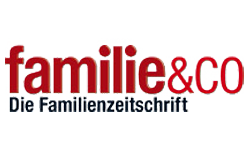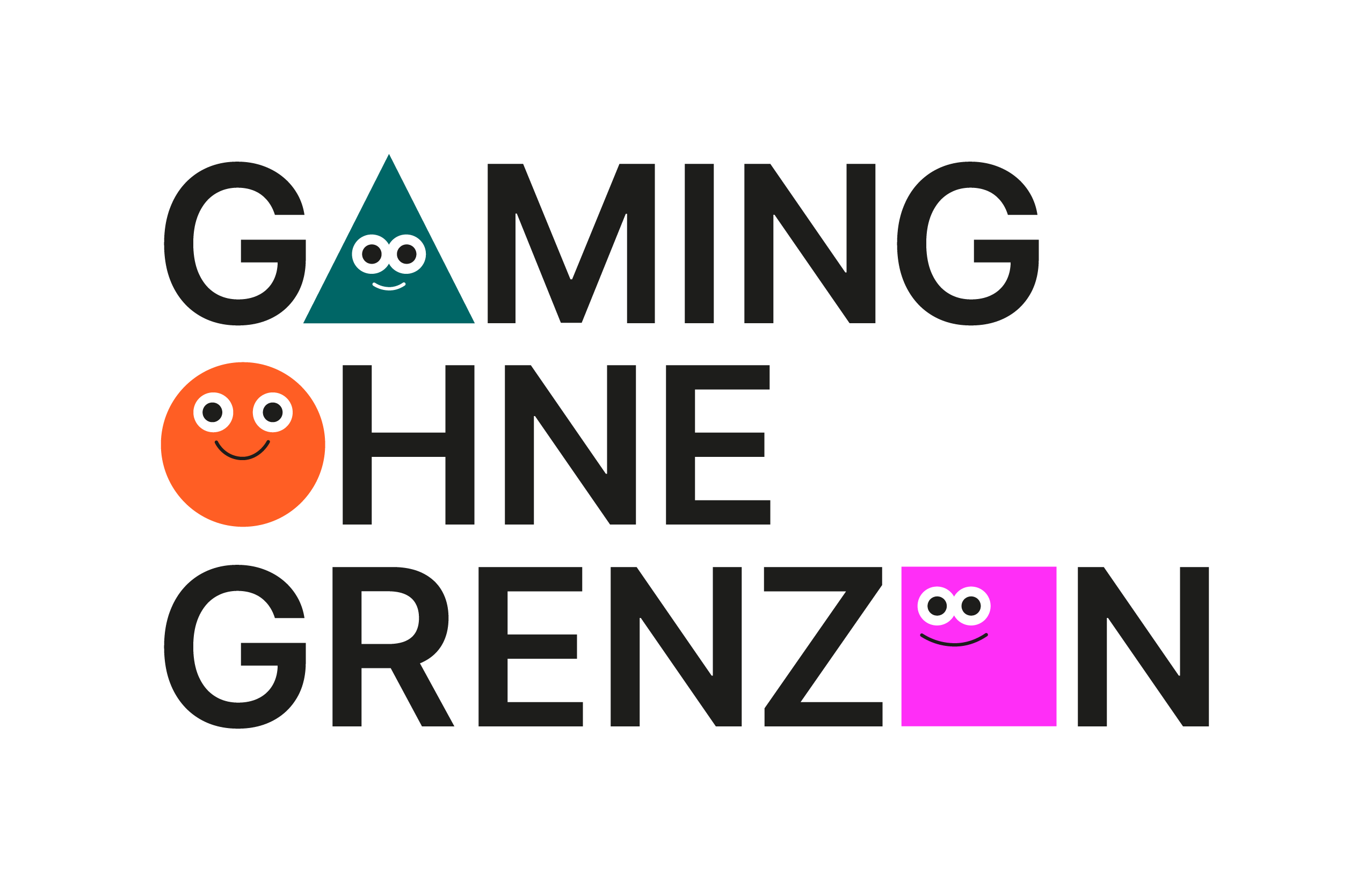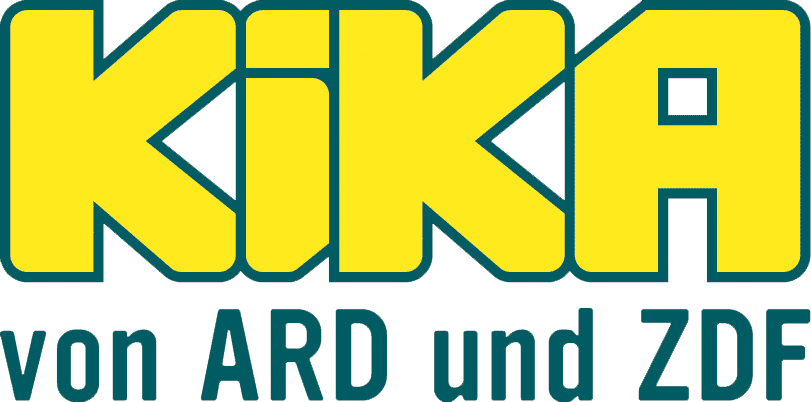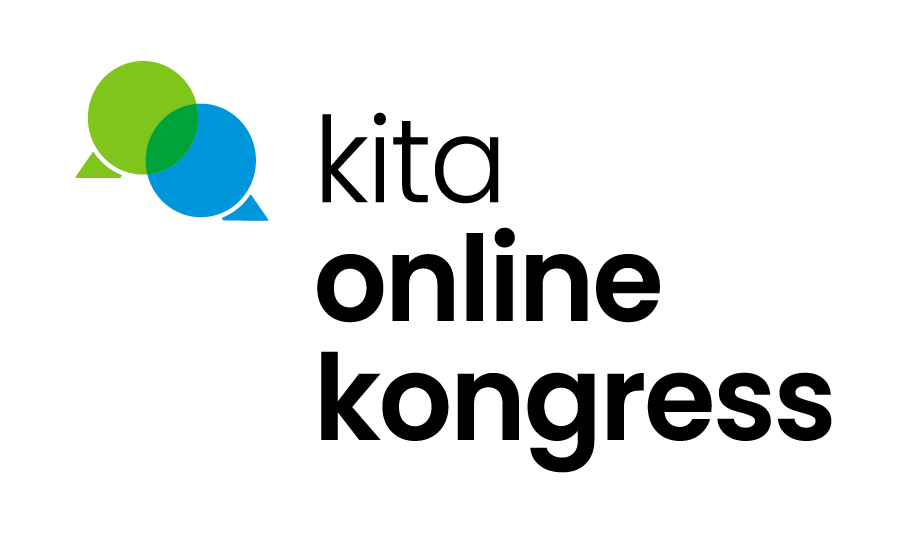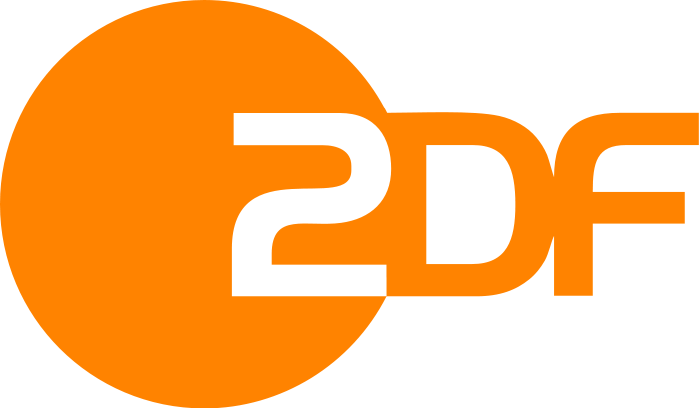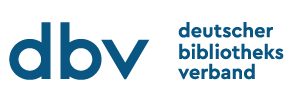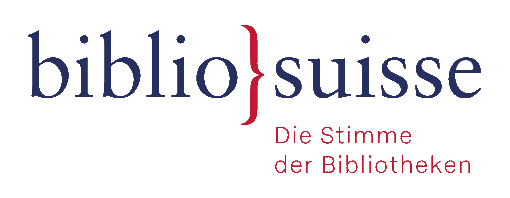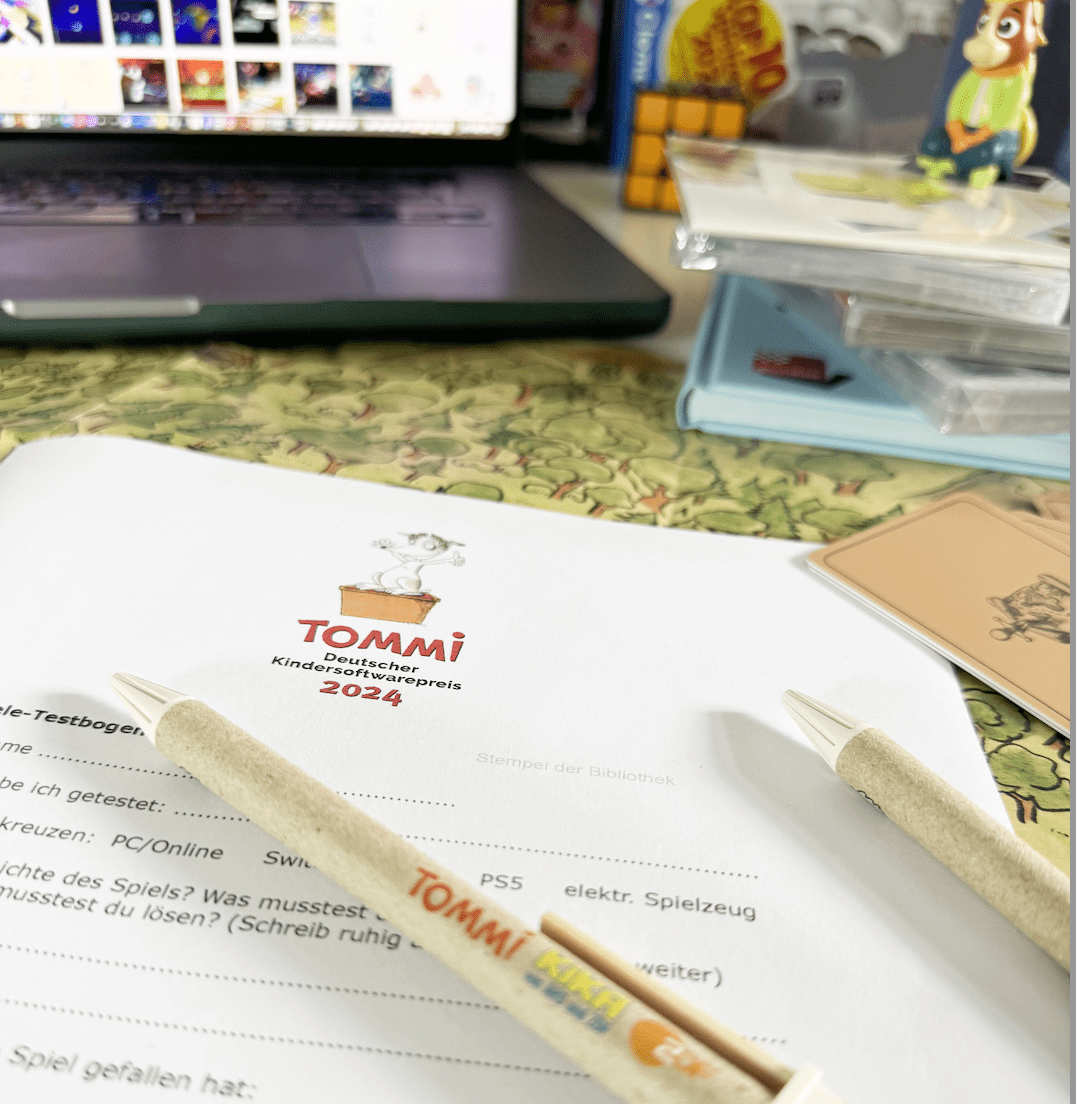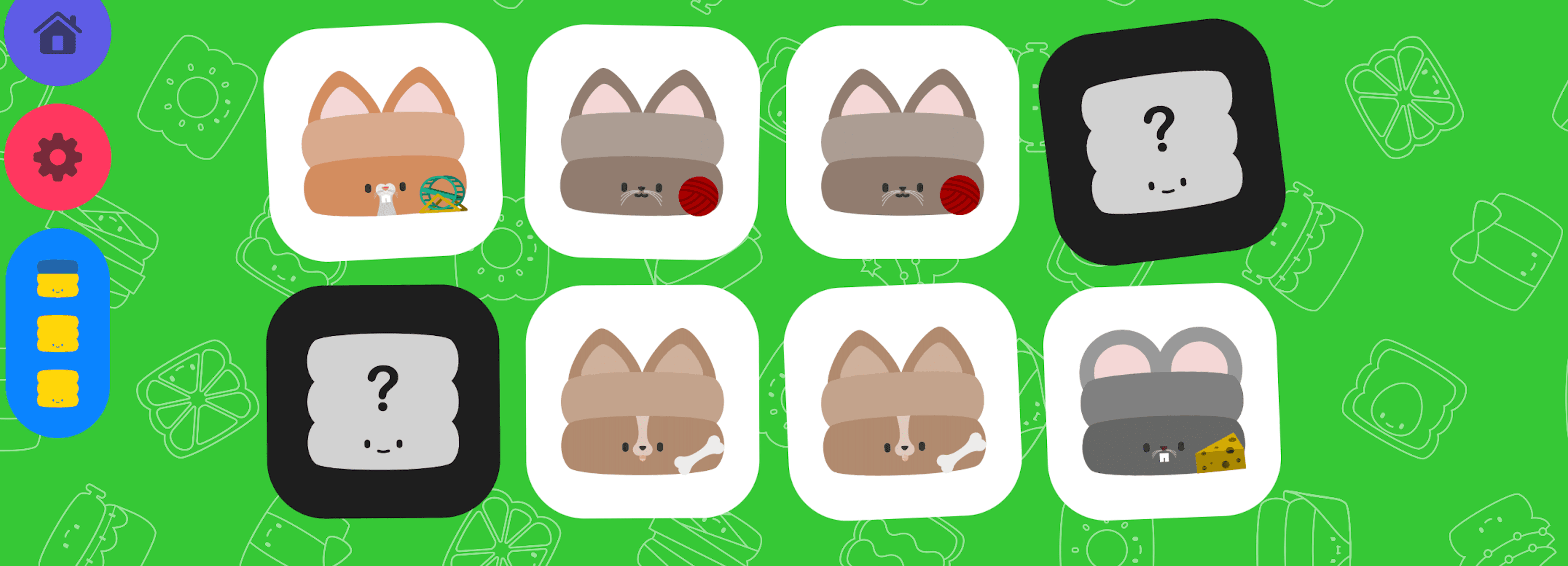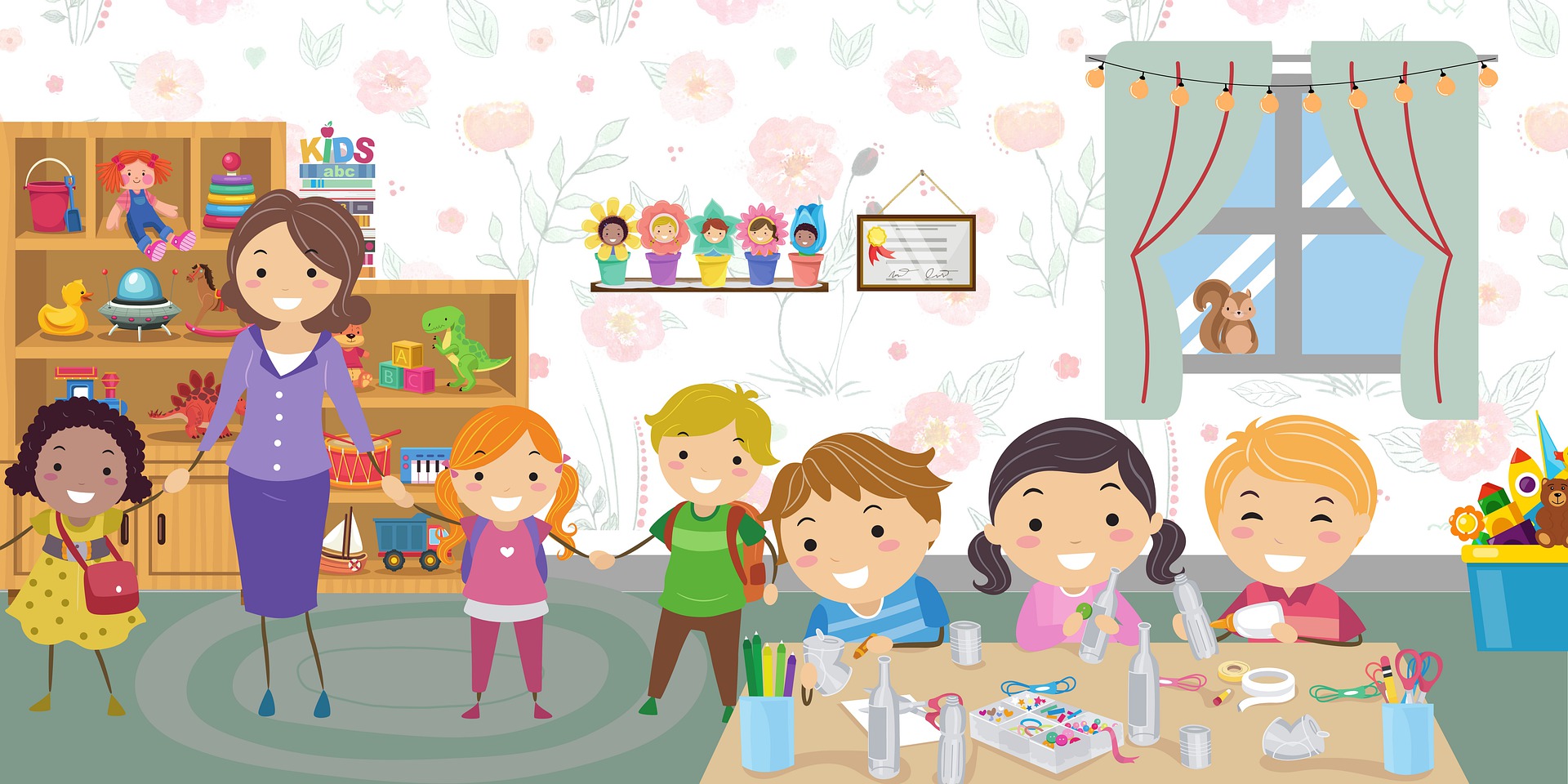Children's Software Award 2024
TOMMI criteria catalog: Category Content
| Subcategory | Criterion | Criterion description | Target group | Software type |
|---|---|---|---|---|
| General | Content contributes to the development of children. | The content empowers the players, strengthens them in their actions and encourages them. In the game, children can act out and try things out. For example, in character creation, a wide variety of features such as hairstyle, skin and hair color can be selected. | Children, parents, teachers, educators | All applications |
| General | Content conveys social diversity. | A society is diverse. This diversity should also be taken up in the content of the software, so that a real representation of society can take place. | Children, parents, teachers, educators | All applications |
| General | Contents are ideologically balanced. | Children are still easily influenced in their worldview, so it is important that they are taught balanced content by the software and no false values, such as racism or sexism. | Children, parents, teachers, educators | All applications |
| General | Contents are updated regularly. | The content of the software should be expanded regularly in order to provide a need for replay and to increase the players' enjoyment of the game. In this way, players will find the software interesting for longer. | Children, parents, teachers, educators | All applications |
| Target group | Content ties in with children's interests. | Children are more likely to use software that includes their favorite heroines, for example, than if none of their interests are addressed. | Children, parents, teachers, educators | All applications |
| Target group | Problem solving and content are based on the children's living environment. | The children's software reflects an everyday situation. Suggested solutions for individual social problems are integrated into the children's software. The content thus supports the children in finding their way in everyday life, for example through dispute resolution or other problem-solving suggestions. | Children, parents, teachers, educators | All applications |
| Target group | Learned knowledge can be applied in reality. | Example: Little Friends - Cats & Dogs - Dogs/cats need to be fed and cared for. | Children, parents, teachers, educators | All applications |
| Target group | Content is adapted to age and developmental stages. | Depending on the age group, the content can be taught and presented in a more complex or less complex way. Consideration should be given to the different developmental stages of children. Children should also be taken seriously. The content does not deal with topics that the children have not yet come into contact with through, for example, school. | Children, parents, teachers, educators | All applications |
| Target group | Content is neither too hard nor too easy for the children. | Too difficult game content quickly leads to frustration and too easy to boredom. Ideally, the level of difficulty can be preset or regularly adjusted, e.g. through level advancements. | Children | All applications |
| Target group | The software has an introduction sequence to the contents and functions of the software that is appropriate for the target audience. | In order not to lose the overview and to understand the purpose of the software, there should be an introduction/tutorial to the software. Without this introduction, children may not understand what they are supposed to do or what functions there are in the software. | Children, parents, teachers, educators | Educational software, entertainment software |
| Target group | Content encourages children's creativity, imagination development, and independent action. | Content that leaves room for own creativity, actions and imagination | Children, parents, teachers, educators | All applications |
| Diversity | Content is characterized by variety, creativity and moments of surprise. | The content of good children's software is characterized, for example, by diversity, which means that a game should encourage the target group but also challenge them. Children can quickly lose interest in games that are too undemanding, and the same applies to games that are too challenging; constant failures lead to premature termination of the game. | Children, parents, teachers, educators | All applications |
| Diversity | Software combines different genres and tasks. | Elements from one game can clearly be assigned to one genre, but elements from another genre can also be found in the game, for example, puzzles have to be solved in mini-games, while the main game deals with racing. | Children, parents, teachers, educators | Educational software, entertainment software |
| Originality | The game still offers something new when you play it again. | When playing through the software again, the player can always find new functions, content or surprises ("Easter Eggs") that increase the fun of the game. | Children, parents, teachers, educators, librarians | Educational software, entertainment software |
| Originality | Concept of the software is innovative and new. | In order to introduce the target group to new content and to stand out against the competition, current topics and content should be communicated in an innovative way. | Children, parents, teachers, educators | All applications |
| Originality | Electronic toys are original. | The toy is based on creative and innovative ideas. It is unique in its field, there are not many comparable products on the market. | Children, parents, teachers, educators | electronic toy |
| Originality | There are new mechanics and principles. | In principle, proven mechanics and principles are useful for children to learn how to use them. But to keep the game fun, new ideas and mechanics are desirable. | Children | Entertainment Software |
| Learning | Interdisciplinary and/or project-related use of the software is possible. | The content of the software can be assigned to different subjects or projects. The "Anton" app, for example, imparts knowledge from several school subjects and grade levels. | Teachers, educators | Educational software |
| Learning | Content can be modified and/or controlled by the teacher. | For software to be suitable for classroom use or for querying and adjusting learning levels, the content must be able to be modified and adapted by the teacher. | Teachers, educators | Educational software |
| Learning | Content of the software is oriented to the curriculum and supports teaching. | One example of this is Anton Software. | Teachers, educators | Educational software |
| Learning | The producers and developers of the software have expertise in content. | Since educational software is supposed to impart knowledge, the content must be verifiable and correct. For example, educational software for schools should be created with the help of teachers and their expertise. | Teachers, educators | Educational software |
| Learning | Learning material is not only taught superficially, but in detail and in depth. | Children are given the opportunity to learn content as intensively as possible. | Children, parents, teachers, educators | Educational software |
| Learning | Educational software offers learning content on different, selectable areas. | Children can freely choose learning topics. | Children, parents, teachers, educators | Educational software |
| Learning | Learning material is conveyed in a comprehensible way. | In order for the children to be able to understand the learning material on their own without further explanation, the learning material must be written in a comprehensible way. | Children, parents, teachers, educators | Educational software |
| Functions | Different senses are addressed. | Not every child learns in the same way and at the same speed. Therefore, it is all the more important that different senses are addressed. For this purpose, different elements can be used, such as pictures or texts (visual) or spoken words and sounds (audio). | Children, parents, teachers, educators | All applications |
| Functions | Software offers possibilities for active (co-)design of the content or the game processes. | The child's creativity is encouraged by the opportunities for co-design, and it identifies more strongly with the software and the people acting in it. | Children | Educational software, entertainment software |
| Functions | Software gives feedback. | Feedback and rewards on learning/game progress promote motivation. | Children, parents, teachers, educators | Educational software, entertainment software |
| Action | Content is integrated into a narrative frame story. | Children | All applications | |
| Action | Tasks and the active game experience take up more space in the game than the plot. | More important than the story and plot of a game is the actual gameplay experience and the tasks to be solved. Since this is a game-like software and not a movie that you passively watch, the game-like and active elements should make up the majority of the software. | Children, parents, teachers, educators | Entertainment Software |
| Action | The story in a game is conveyed through interactions with objects/characters while playing. | Instead of having the plot of a game explained through dialogues or text boxes, you should figure it out yourself while playing by interacting with objects or talking to other characters, so that the player is more likely to get involved in the action. | Children | Entertainment Software |
| Action | Software uses typical motifs. | Typical motifs include treasure hunts, adventure trips and detective stories. | Children | Educational software, entertainment software |
| Action | There is an interesting or exciting story in the game. | Players are guided through the game by an interesting storyline that keeps the suspense going | Children | Entertainment Software |
| Action | Any dialogues are not lengthy. | Dialogs in software should not consist of long text windows, as the player could get bored. Instead, dialogs should contribute to the plot or to the solution of tasks and should be limited to the most necessary. | Children, parents, teachers, educators | Entertainment Software |
| Language | Texts are error-free and grammatically correct. | If the software contains texts, they should be written in error-free spelling and grammar. | Children, parents, teachers, educators, librarians | All applications |
| Language | Software is available and usable in different languages. | Software should be usable for children of different backgrounds. A wide range of languages ensures inclusivity for different groups in society. | Children, parents, teachers, educators, librarians | All applications |
| Characters | No stereotypical characters are presented. | In order not to convey stereotypes, there should be no stereotypes such as "boys play soccer and girls play with dolls." | Children, parents, teachers, educators, librarians | All applications |
| Characters | The player can choose his character, if any, by himself. | By creating or selecting their own character, players can identify with them and better immerse themselves in the game. In the Sims games, for example, character creation makes up a large part of the game and its appeal. | Children, parents, teachers, educators | All applications |
| Characters | Characters provide identification. | Children can identify with them through the portrayal of individual game characters. | Children | All applications |
| Characters | Characters in the game seem particularly endearing, authentic, or unique. | Characters seem exciting or interesting because of, for example, their own backstories or unique design. | Children | Entertainment Software |
| Security | Ideological symbols are dispensed with. | Children cannot always appreciate the meaning and implications of ideological symbols (e.g. swastikas). | Parents, teachers, educators | All applications |
| Contextualization | When problematic content is addressed, contextualization, accompaniment, and reflection take place. | Children's software should not make any topics taboo per se. However, problematic content should always be put into context and children should be given the opportunity to reflect on the content. | Children, parents, teachers, educators | All applications |
| Recognition value | Software provides recognition value for the children. | Recognition values can be of different nature. For example, these can be familiar figures from other forms of media or the reference to and recognition of one's own living environment. | Children, Librarians | All applications |
| Awards/Nominations | Awards and nominations can additionally be an indication of good children's software. | Prizes testify to the quality of children's software and give the buyer qualitative security without having to deal with the criteria for good children's software. Examples are the TOMMI Children's Software Award or the Pedagogical Media Award. | Children, parents, librarians | All applications |
| Language learning software | In addition to text, images and spoken language are used to convey a language. | By linking different elements and sensory perceptions together, a language can be learned more easily through language learning software than solely with the help of text elements. For example, pictures from reality could be transmitted with the spoken and written terms. | Children, parents, teachers, educators | Educational software |
| Subcategory | Criterion | Criterion description | Target group | Software type |



